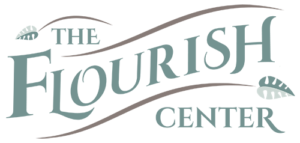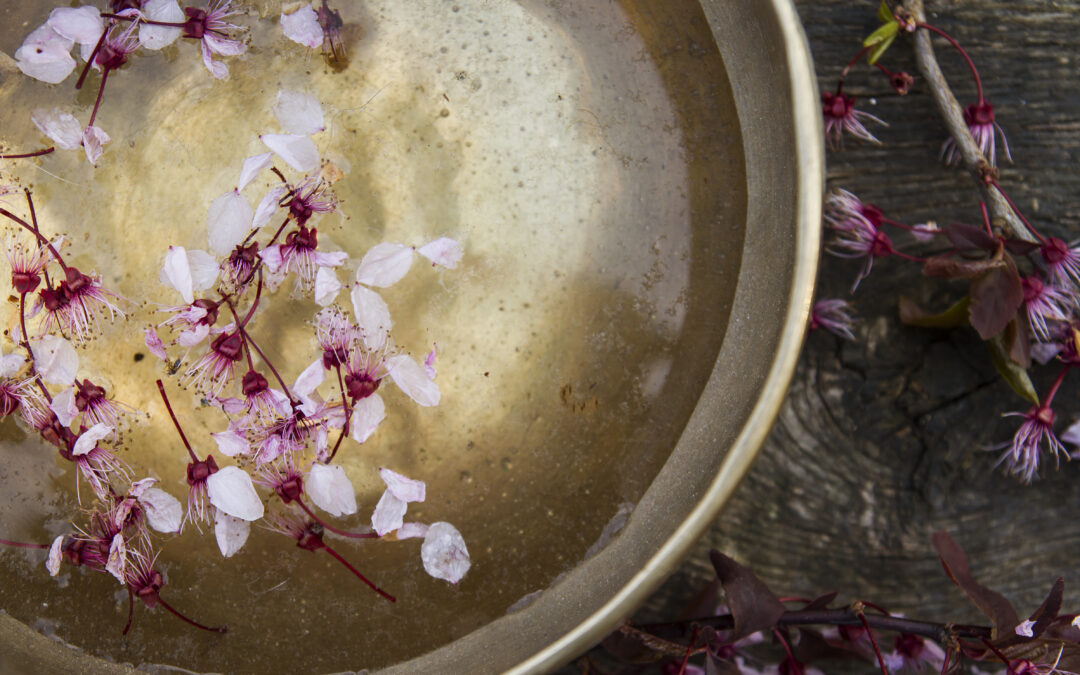
Getting the COVID-19 Vaccine
I know that the COVID-19 vaccine has brought up a lot of questions and concerns. We’re not used to being treated with anything that doesn’t go through years of trials.
I get it. I had my concerns as well.
And, as more and more people have become vaccinated, I’ve felt much better. I’ve had both doses of the vaccine myself.
I don’t believe in any of the conspiracy theories and I also know that we’ve been making vaccines for a very long time. I’ll leave it up to you as far as what you decide to do for yourself and your family.
If you do choose to receive the vaccine, I thought it might be helpful to know what ingredients are actually in the 2 approved vaccines, and how you might give your body a little extra support before and after the injection.
Update 2-25-21: The one dose vaccine is now approved, but isn’t covered in this article.
Vaccine Ingredients:
Active Ingredient in Both Vaccines (Moderna & Pfizer):
Messenger ribonucleic acid (mRNA)
The mRNA molecules contain the genetic material that provide instructions for the body on how to make a viral protein that triggers an immune response. The immune response is what causes the body to make the antibodies needed to protect from getting infected if exposed to the coronavirus.
After injection, the mRNA from the vaccine is released into the cytoplasm of the cells. Once the viral protein is made and on the surface of the cell, mRNA is broken down and the body permanently gets rid of it. The mRNA doesn’t enter the nucleus of cells so there is no chance of it altering DNA.
Lipids:
Lipids are present in both vaccines to protect the mRNA and provide somewhat of a “greasy” exterior that helps the mRNA slide inside the cells.
Lipids in the Pfizer vaccine:
~(4-hydroxybutyl)azanediyl)bis(hexane-6,1-diyl)bis(2-hexyldecanoate)
~2[(polyethylene glycol)-2000]- N,N-ditetradecylacetamide
~1,2-distearoyl-sn-glycero-3-phosphocholine
~cholesterol
Lipids in the Moderna vaccine:
~SM-102
~polyethylene glycol [PEG] 2000 dimyristoyl glycerol [DMG]
~cholesterol
~1,2-distearoyl-sn-glycero-3-phosphocholine [DSPC]
Salts:
Salts are present in vaccines to balance their acidity.
Salts in the Pfizer vaccine:
~potassium chloride
~monobasic potassium phosphate
~sodium chloride
~dibasic sodium phosphate dihydrate
Salt in the Moderna vaccine:
~sodium acetate
Other:
Other ingredients in the Pfizer vaccine:
Sucrose is present to help the molecules keep their shape while frozen.
Other ingredients in the Moderna vaccine:
The following ingredients are present to work together to maintain the stability of the vaccine after it’s produced:
~tromethamine (acts as a buffer)
~tromethamine hydrochloride (acts as a buffer)
~acetic acid (like vinegar; maintains the pH)
~sucrose (help the molecules keep their shape while frozen)
Ingredients NOT found in either vaccine:
~Fetal cells
~Blood products, like red blood cells, white blood cells, plasma or platelets
~COVID-19 virus cells
~Mercury
~Egg
~Latex stoppers
~Pork products
~Preservatives
~Microchips
How to support your body before & after
Be aware of possible Side effects:
~Injection site reactions: pain, tenderness and swelling of the lymph nodes in the same arm of the injection, and redness.
~General side effects: fatigue, headache, muscle pain, joint pain, chills, nausea, and vomiting.
More severe reactions have been rare and would resemble an allergic reaction like shortness of breath, swelling of face and throat, rapid heartbeat, rash, or weakness.
Support your immune system and don’t over support
You want your immune system to activate somewhat in order for the vaccine to do what it’s intended to do. At the same time, you don’t want to over support and cause an overreaction. Yes, certain herbs and supplements activate the immune system, so be careful with those.
Easy Support Before and after the vaccine:
First, from what I’ve been reading, it’s important not to take anti-inflammatory medications before the vaccine. Examples include, ibuprofen (Advil) and naproxen (Aleve). You want your body to have a small reaction to the vaccine. It’s thought that these medications might dampen your antibody response. Acetaminophen (Tylenol) might be preferred if your pain or discomfort aren’t tolerable as it doesn’t have as much of an anti-inflammtory effect.
I want to be clear that none of these suggestions have been studied in connection to the COVID-19 vaccines. I’m basing these suggestions on my experience and expertise alone and sharing what I did for myself. As always, this blog is for educational information only
1. Vitamin C:
Vitamin C is known for its assistance in both supporting the immune system and assisting the body with detoxification. It’s also a natural antihistamine, so could help avoid allergic reactions.
I took 700mg of Buffered Ascorbic Acid (Vitamin C designed to be easier on the gut) every hour for 5 hours before getting the vaccine and for 5 hours after.
2. N-acetyl cysteine (NAC):
NAC promotes the production of glutathione, one of the master detoxifiers in the body. NAC might help the body release what’s not needed from the vaccine.
I took 500mg of NAC for 5 days after the getting the vaccine doses.
3. Arnica tablets:
This is the one thing I didn’t do that I wish I had done after the first vaccine.
Arnica helps avoid bruising after an “injury”.
My main side effect of the first vaccine was arm pain. I did use it after the 2nd and I do think it helped my arm be not quite so painful.
4. Epsom salts:
Get in a salts bath right away. Epsom salts relieve muscle pain, eliminate stress in the body, and might help with detoxification.
I did this after both doses and I think it helped to lessen my symptoms.
This blog talks more about the benefits of Epsom salts.
5. Prepare your immune system now:
The tips in this article still stand. It might be a little while before you can get your vaccine. Get your body ready now.
**Update after 2nd vaccine:
I highly recommend planning a rest day the day after you receive the 2nd dose. Despite all my interventions, I still felt run down and had some sweats. It wasn’t too bad, but I appreciated having the day off to rest.
If you need help getting your body ready, schedule your visit now.
I’d love to hear other things you’re doing or have done to prepare and support your body with this vaccine. Please comment any thoughts below.




Recent Comments